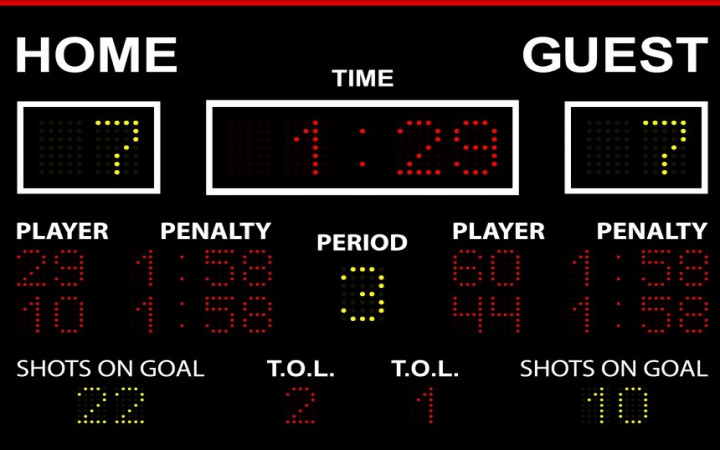Today’s Wonder of the Day was inspired by Wonder Friend. Wonder Friend Wonders, “What sport ends in ties the most?” Thanks for WONDERing with us, Wonder Friend!
Do you like to play tic-tac-toe? It can be fun to place those X’s and O’s so carefully. As you learn the game, you might learn new strategies to help you play. Of course, sometimes you will win, and other times you will lose.
Before long, though, you probably notice that it’s fairly easy to get to a point where you and your opponent reach a stalemate over and over. With experienced players, ties in tic-tac-toe are quite common.
Many people call a tie in tic-tac-toe a “cat.” Have you ever done that? Where did this name come from? No one really knows for sure. But there are many theories out there. Some people claim it’s because “tac” spelled backwards is “cat.” But couldn’t it just as easily be called a “cit” or an “eot”?
Others claim it’s because a tie is sometimes called a “scratch” game (and cats are known for scratching, of course). Still others believe the nickname comes from the fact that a cat will chase its tail and never catch it, yet it still has fun. That’s similar to how you can tie in tic-tac-toe many times and still have fun.
Ties are a natural part of a game like tic-tac-toe. There are only nine boxes to fill in. If no one gets three in a row, it’s a tie. Pure and simple!
However, ties—also called draws—can be a part of many other types of sports. For example, soccer is arguably the most popular sport around the world. Its games end in draws on a regular basis. Unless a game is part of a playoff, most regular season matches are allowed to end in ties.
This does not always sit well with fans. Many avid sports fans do not like to see ties. They want to see one team emerge from a game victorious, even if extra time must be played.
Some sports find ways to avoid draws. For example, hockey uses a shootout system to declare a winner if the score remains tied even after an extra time period is played. In a shootout, players alternate taking shots on goal until a winner is determined by the game’s rules.
Many sports fans think it’s okay for games to end in draws. If two teams are evenly-matched and play a hard-fought game, why shouldn’t they be allowed to tie? Why must there be a winner? If you insist on a winner, that means there must also be a loser. Does there always have to be a loser in every game?
What about the fun and spirit of competition? Allowing ties can recognize the efforts of both teams while rewarding everyone’s hard work without declaring one a winner and one a loser, since the entire game was very close.
Others argue ties are from the standpoint of the fans. Do spectators who have paid to watch a game deserve to see one team eventually win? Others don’t like how draws can affect the rankings for the teams involved.
Different sports handle ties in different ways. There can even be differences between whether they are allowed depending on the level at which a particular sport is played. Ties may be allowed at the recreation or youth level, while professional leagues find a way to make sure there’s a winner.
In soccer, ties or draws have come to play an important strategic role. A team can sometimes play a defensive game with the goal of preventing the other team from scoring, thereby ensuring a 0-0 draw. This forces the other team to change tactics. This can turn games that might otherwise be boring blowouts into interesting, strategic matches.
What do you think? Should ties be allowed? Or should all sports put rules in place to prevent them and ensure that there’s a winner in every game? Have you ever played a game that ended in a tie? Maybe you can come up with a new, creative way to make sure there’s a clear winner!
Standards: CCRA.L.3, CCRA.L.6, CCRA.R.1, CCRA.R.2, CCRA.R.4, CCRA.R.10, CCRA.SL.1, CCRA.SL.2, CCRA.W.3, CCRA.L.1, CCRA.L.2




